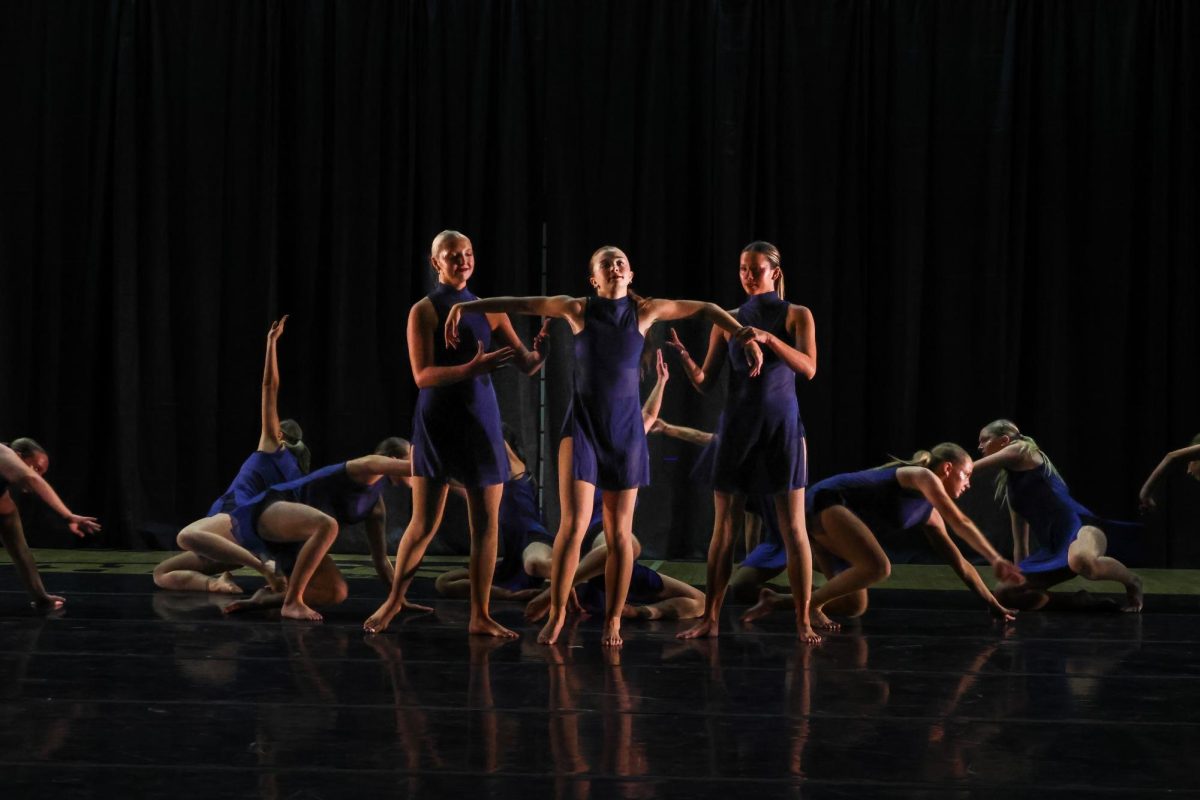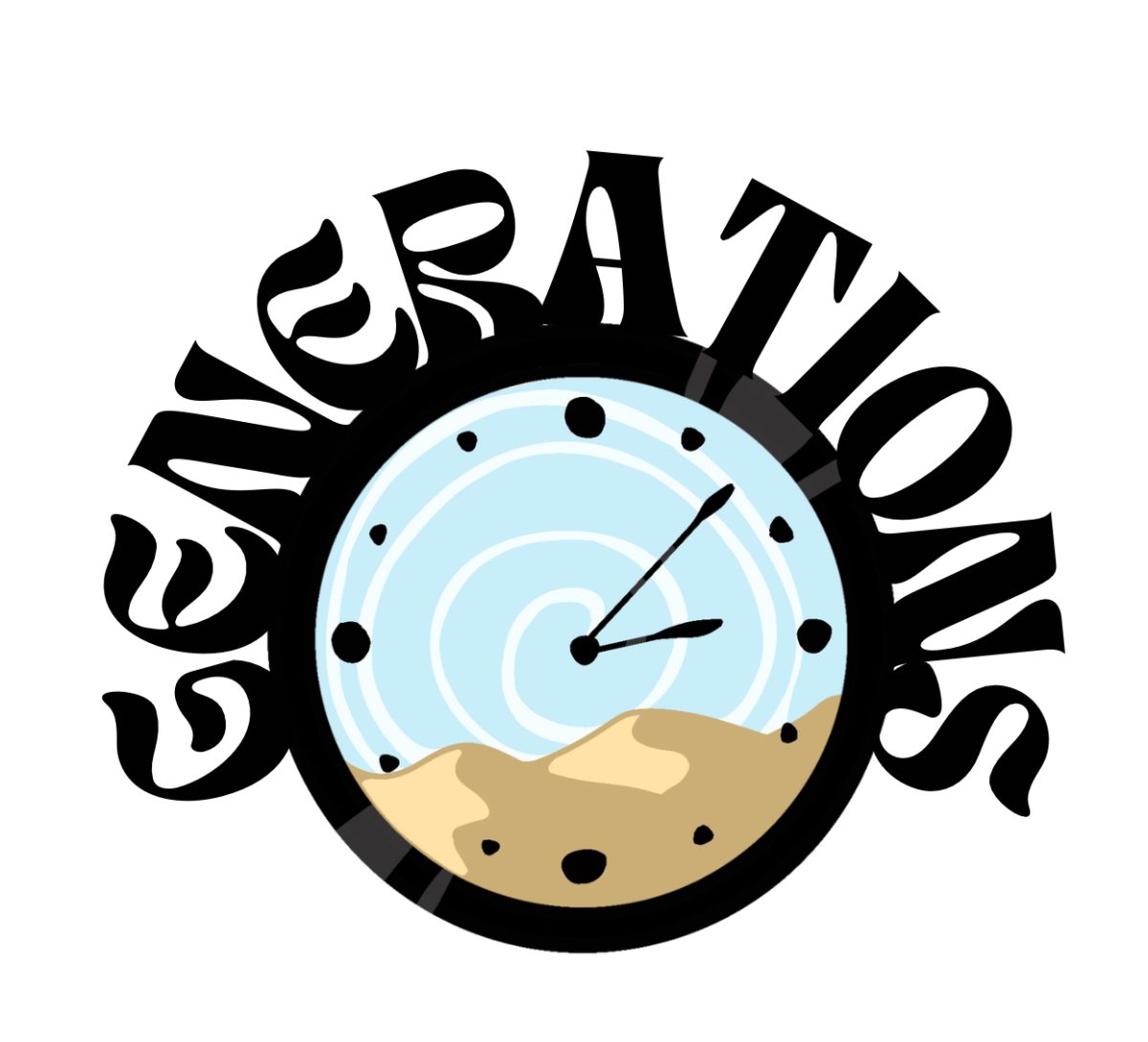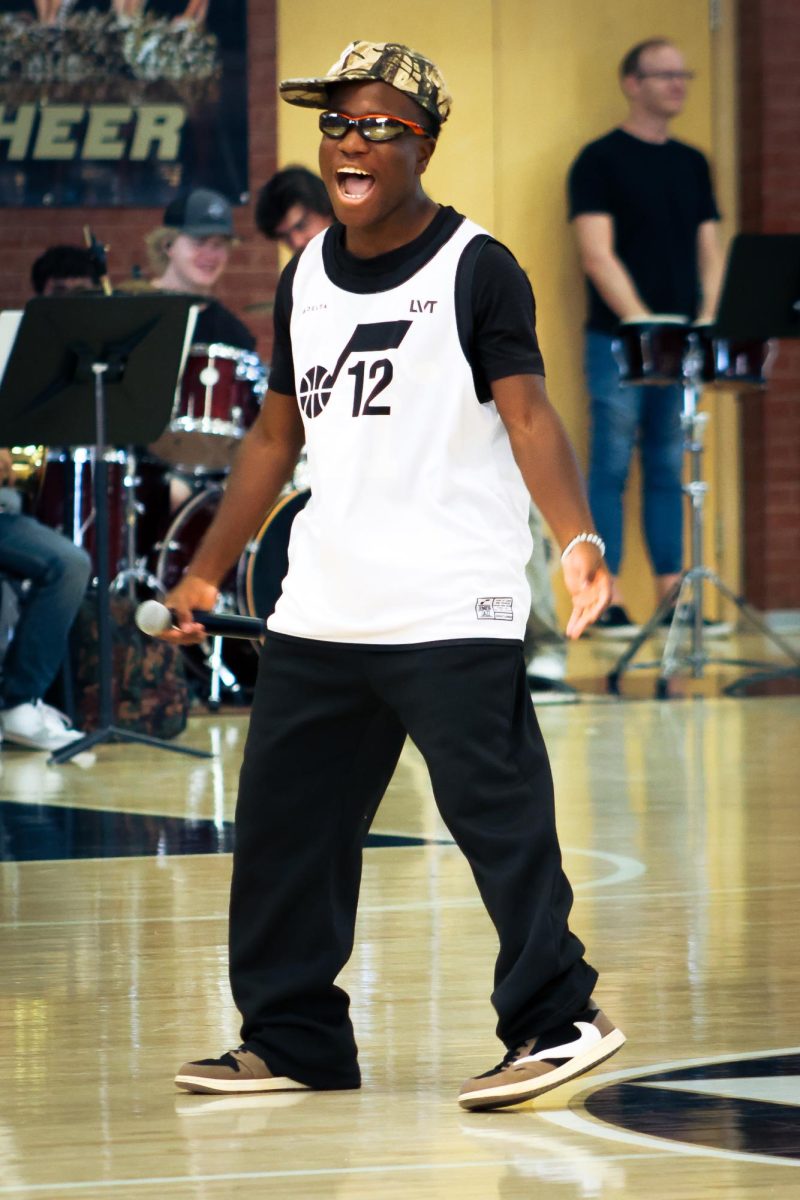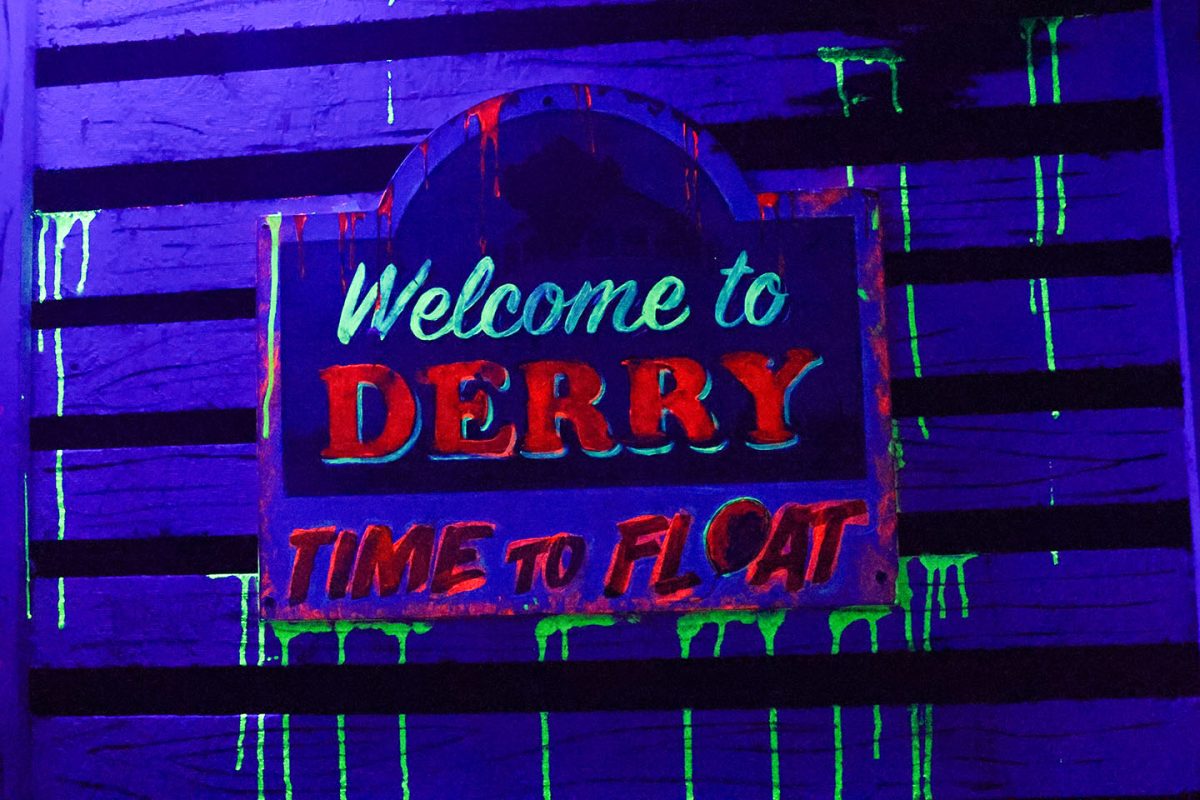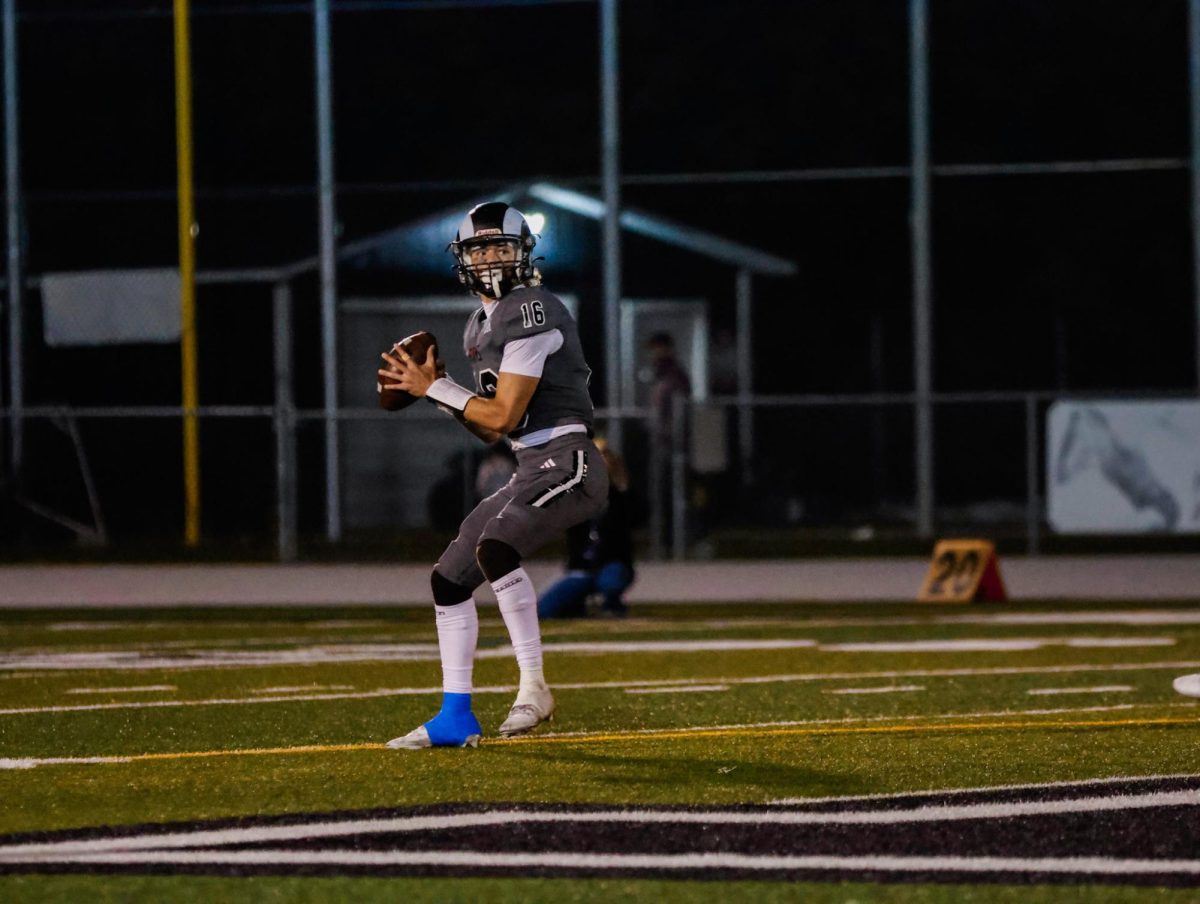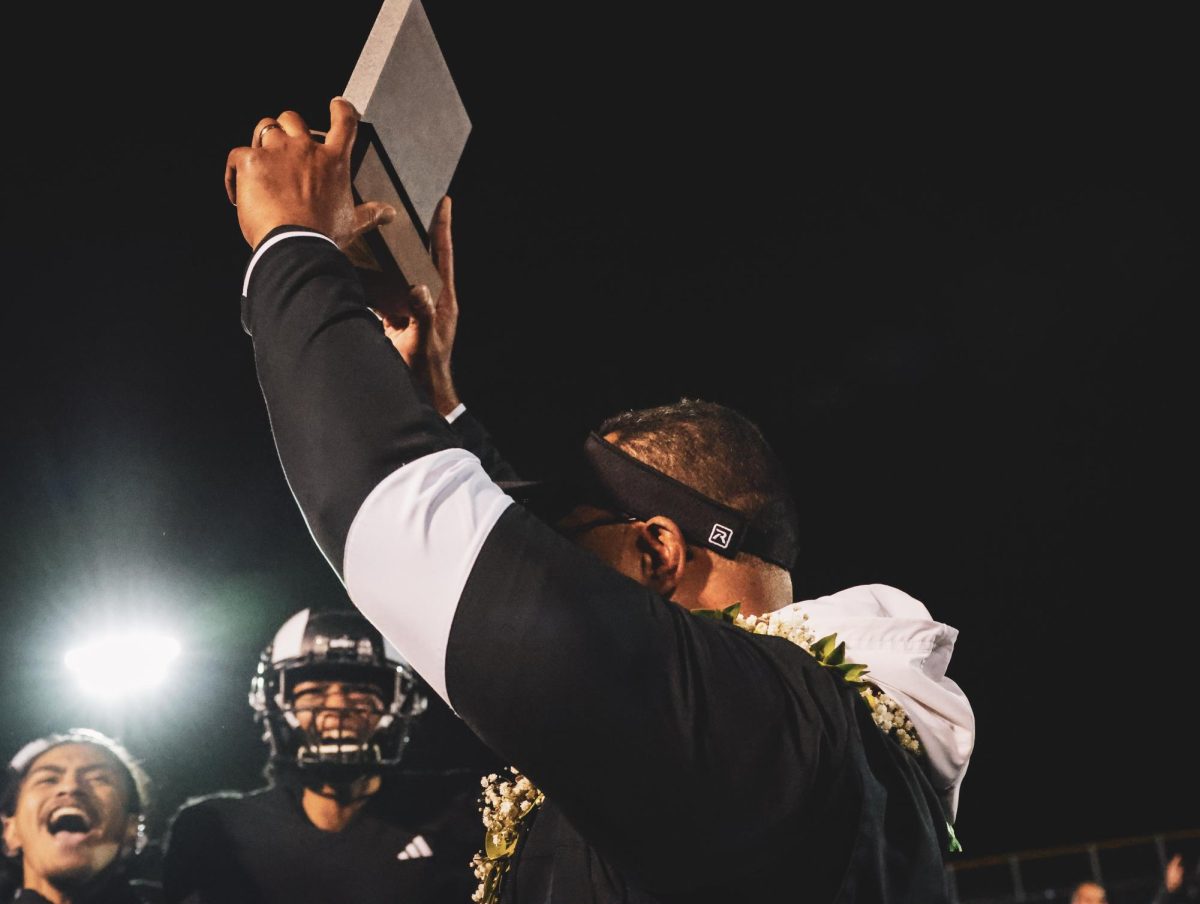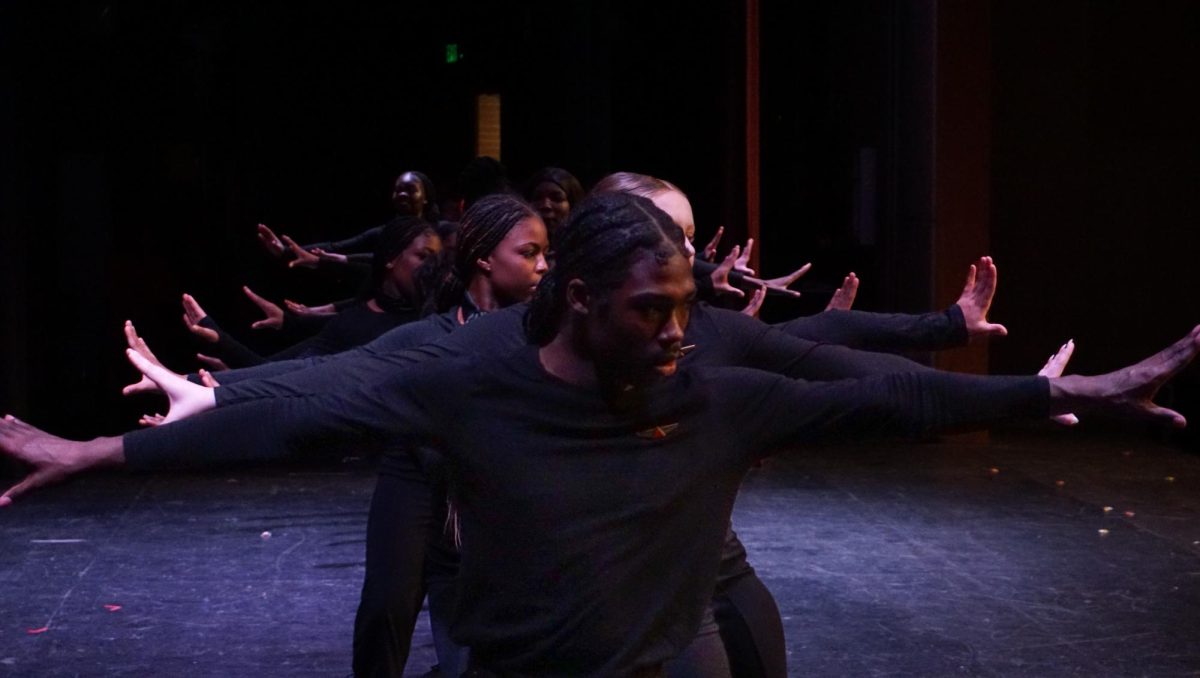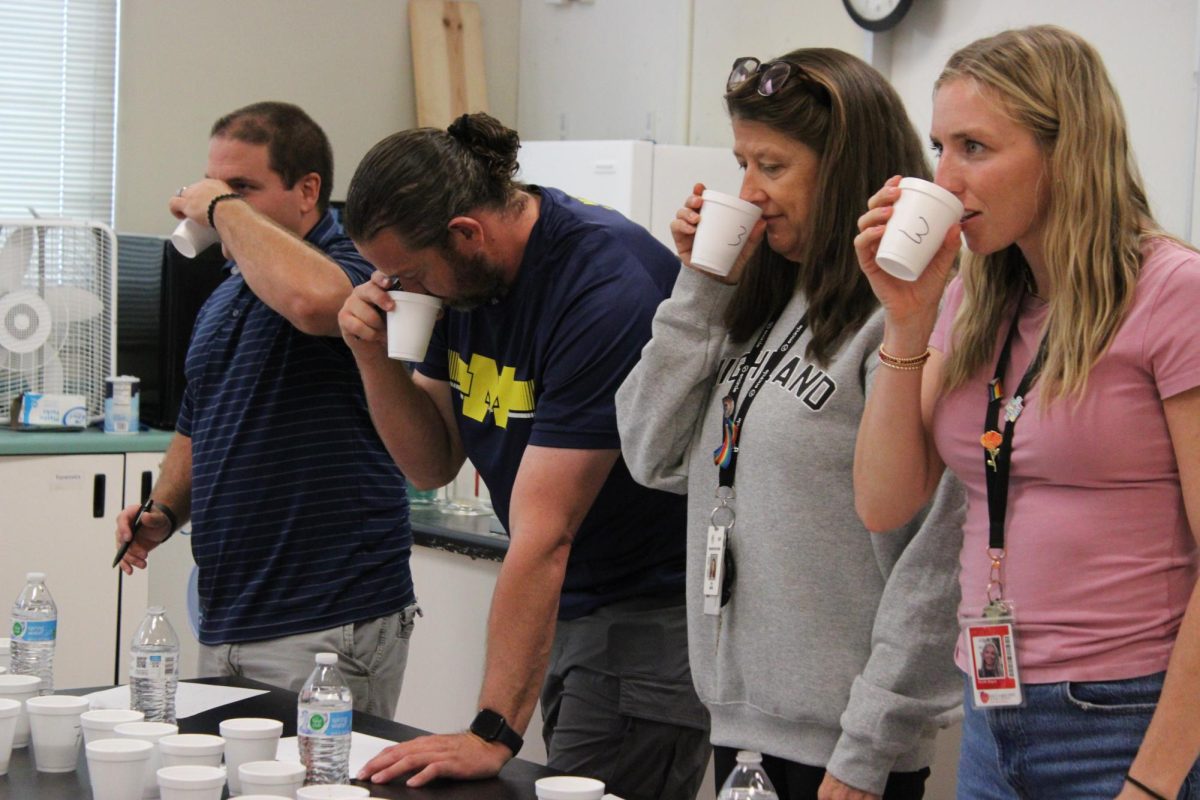Anyone at the Highland talent show on Friday, Jan. 26th witnessed history – specifically, Black history, but also Highland history.
The Highland Steppers, the brand-new step team at Highland, is not only the first such team ever at Highland, it is the first in the history of Salt Lake City.
So, it only makes sense that it was brought to Highland by a history teacher.
This is Tiffany Rasmussen’s first year teaching at Highland; she is a social studies teacher with a historical connection to step. She never participated in stepping, but she studied it in school. She was born and raised in Utah and attended Westminster University. She has a master’s degree in teaching and a bachelor’s degree in social studies. She is now the club advisor for the Highland Steppers.
Stepping is a form of expression that traces back to slave times. It was originally used for communication to relay messages. Later, it was used at the Historically Black Colleges (HBCs) in their sororities and fraternities. Today it is also represented and practiced by different clubs.
New to Highland this year is the Highland Step Club, the High Steppers. There are 19 members in the club and included in those 19 are three captains. The club is advised by Highland social studies teacher Tiffany Rasmussen and coached by two outside coaches.
It is something Highland has never seen before. And if the early returns are any indication – such as the standing ovation the group received during the Highland talent show – the Highland Steppers have stepped into something big.
Grace Torres, Highland sophomore, was an audience member during the talent show and absolutely loved their performance.
“I really enjoyed it; it was my favorite act of the whole talent show,” Torres said. “They put a lot of work into it, and it showed.”
Stepping is when a group of people join together to create sound using the body as a percussion instrument. Stepping routines include sharp arm motions, stomps, claps, chants, and dance sequences. There are often portions of the routine that are set to silence to enhance the sound created by the performers and portions of dance sequences set to music.
The High Steppers started practicing in October and currently practice three days a week. They have performed at Westminster University, two Highland basketball halftimes (one for the boys’ varsity team and one for girls’ varsity), and then stole the show at the Highland talent show.
Their routine was easy for the crowd to interact with while sitting in their seats. The routine included some smaller group sections, soloists, and big all-together movements. The soloists came forward to the front of the stage and said a short phrase and/or did a sequence of movement. Often when an individual stepped forward, they introduced a new rhythm at a slower pace than when rhythms were done as a group, allowing audience members to catch on and clap along when more club members joined in.
Stepping is different from classical ballet and competitive dance in several ways. These dance styles often require a lot of prior training and include different norms. There is no speaking during the routines nor is there a way for the audience to interact with the people on stage. There’s cheering and clapping after or before the routine but that’s about it. This makes stepping a little more inclusive to all in the high school setting.
The club started when a few girls, now members of the step club, tried out for the cheer and dance teams at Highland and didn’t make the teams.
“The girls were frustrated because they did not feel welcomed or accepted into those groups,” Rasmussen said. “They came to me and asked if we could start something here or do something just so they would have a place to belong.”
Rasmussen is a world history teacher with no experience in stepping, so after talking with the girls, she contacted members of the Black community in Salt Lake and was able to find coaches.
The club members are passionate about creating an inclusive space where everyone feels welcome, where people can make new friends and be themselves. They also hope to grow and expand the representation of their history and culture through the club and it seems to be working.
“The girls and guys have been able to find another way to connect to their culture and find a place here within Highland,” Rasmussen said.
Only 3% of the students at Highland are African American so it’s hard for them to feel a sense of belonging in predominately white spaces. Kiandra Hughes, Highland junior, is a member of the Step Club and the Highland varsity cheer squad.
“I just feel more included because I think I have more in common with them [members of the step club] than I do with people on the cheer team,” Hughes said. “I love cheer, don’t get me wrong but I just feel like I do fit in better.”
Inclusivity is important and the Highland Step Club creates a new safe space for students at Highland: one where all feel welcome.
Stepping Into History
Highland’s Steppers Are The First Stepping Team In The State
Lien Hoa Torres, Rambler Staff Writer
February 23, 2024
James Thompson stands at the front of the line during the Highland High Steppers performance at the Highland talent show.
1
More to Discover
